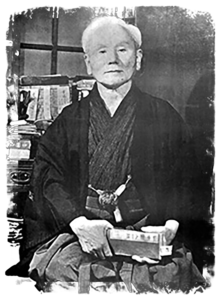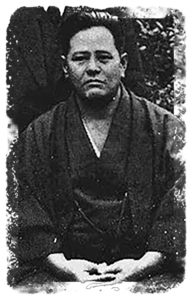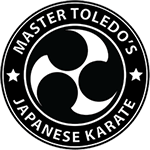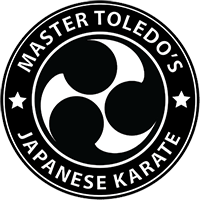Master Toledo’s Japanese Karate is a martial arts school that focuses exclusively on traditional Japanese martial arts. We teach a blend of Shotokan karate (one of the most widely known styles of karate), along with Gōjū-ryū karate (one of the basic foundations of Japanese karate) and Judo techniques incorporated into the style.
Japanese martial arts have their origin dating back to the 1800’s in Okinawa, as members of the royal family, taking some of their origins from ancient Chinese martial arts, were responsible for protecting the royal family and maintaining peace.

Gichin Funakoshi

Shotokan (松濤館 Shōtōkan) is a style of karate founded in Okinawa, Japan by Master Gichin Funakoshi in the mid 1920’s and was brought to the United States in the 1960’s.
Shotokan is identified by long, deep stances and powerful hand techniques. There are three elements upon which the style is based, Kihon (basics), Kata (forms) and Kumite (sparring). This is the foundation for a majority of training techniques at MTJK.

Chōjun Miyagi

Gōjū-ryū (剛柔流), is one of the main foundations for traditional Japanese martial arts. The name means “Hard-Soft”, referring to the style of techniques – hard, closed fist techniques and softer, more linear open hand techniques for kata and techniques. Balance.
It was founded by Chōjun Miyagi Sensei in Okinawa, who after his years of training in martial arts founded Go Ju Ryu to reflect that this martial art be based on the premises of learning balance in life and training – there is no soft without hard, there should be peace without incident, that breath is vital in all aspects of life, that intellect is as important as strength. That there should be no first strike in karate. These philosophies are an important premise of Master Toledo’s Japanese Karate and are reinforced daily in training.

Jigoro Kano

Judo (柔道 jūdō, meaning “gentle way”) is the oldest of the three styles at MTJK, founded in the late 1800’s by Jigorō Kanō in Tokyo, Japan. Judo differs from the other two styles in its absence of forms/kata and a focus on non-striking combat.
In Judo, practitioners learn ‘randoori’, which utilizes grappling, throws and arm locks to subdue opponents and neutralize them. Rather than meeting an opponent’s force directly, Judo uses the opponent’s own force to take control of the situation. Much of this form of self-defense uses physics, rather than force.

